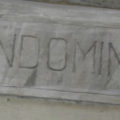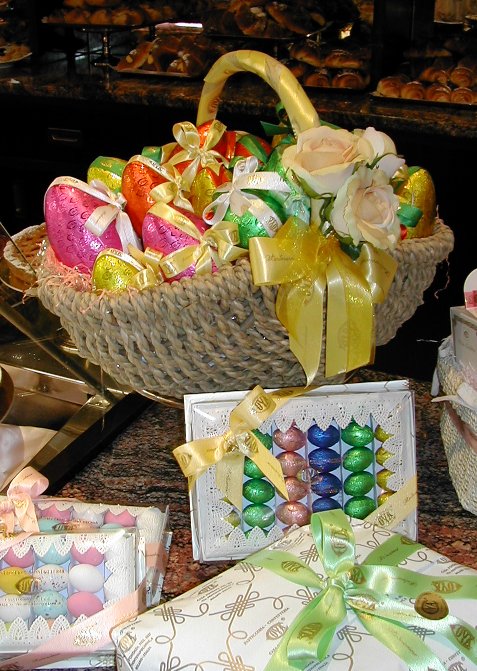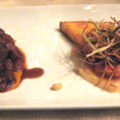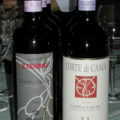The first time I visited Milan was in early January, 1991 – it must have been right after the New Year. We arrived in the city late at night and had to walk some way to find our hotel.
As we went, I asked Enrico if Milan’s garbage collectors were on strike or something. I was startled by the amount and nature of the garbage on the sidewalks: old appliances and furniture, heaps of trash, broken dishes and glassware, all scattered untidily around as if everyone had suddenly heaved all their old junk out the windows at the same time.
Which was exactly what they had done. Enrico explained to me that it was an Italian custom at the new year to replace old, worn out housewares. Traditionally you threw the the old stuff out the window at midnight on New Year’s, to signify your readiness to welcome the new year into your home.
This was never as popular in northern Italy as in the south, and I’ve hardly noticed it in Milan since that year, but they tell me that in Napoli the custom is still going strong: you don’t want to be walking under anyone’s windows at midnight. But then, you don’t want to be much of anywhere in Napoli on New Year’s: every New Year’s Day the media trot out the statistics on the night’s deaths and injuries due to over-enthusiastic use of fireworks and even firearms. Everyone wants to make a big bang to welcome in the new year, and often they’re too careless (or drunk) to see where they’re aiming. Italy’s north-south prejudices aside, there do seem to be more fatalities in Napoli than anywhere else in the country. Too many guns in circulation.
As for house junk: I tend to get rid of it throughout the year. Even with plenty of space in our new home, I feel oppressed by too many possessions, and give short shrift to the idea that “we might as well keep it around, we might want it someday.”
This year we actually have some housewares to get rid of: the old, scratched, survivors of a set of drinking glasses I bought years ago at an outlet store in downtown Milan. They were so beautiful back then: slightly pear-shaped with heavy bottoms, delicately tinted in six different colors, and two sizes, tall and short.
After we moved to Lecco and had, for the first time in our lives, a dishwasher, I was suddenly dismayed to realize that they had lost all their color: “not dishwasher safe” was a new concept to me. Ah, well. Reflect upon the evanescence of material objects, and heave them out the window.
NB: Don’t forget your red underwear!
What are your New Year’s customs?







